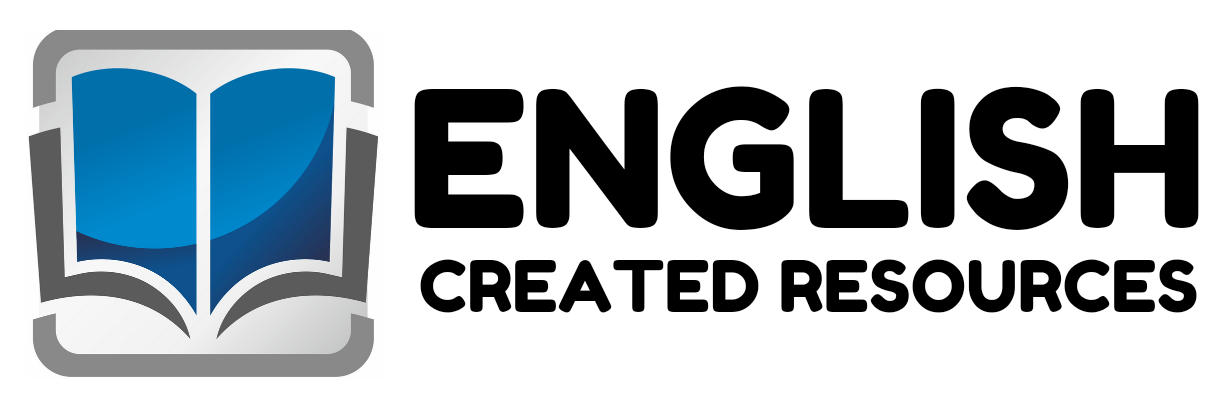Alphabet Banner

Alphabet Banner
In early childhood education, the classroom environment plays a pivotal role in shaping a child’s learning experience. Among the many visual aids and educational tools used to enhance learning, the alphabet banner stands out as a foundational resource, especially in preschool and early primary classrooms. This seemingly simple display of letters is much more than just decorative—it is a powerful educational tool that supports literacy development, cognitive growth, and classroom culture. This essay explores the importance of the alphabet banner in the classroom by examining its role in literacy development, visual learning, classroom engagement, and inclusivity.
1. Supports Early Literacy Development
The primary purpose of an alphabet banner is to familiarize children with the letters of the alphabet, both uppercase and lowercase. At the early stages of education, students are just beginning to understand the concept that symbols (letters) represent sounds, and these sounds form words. An alphabet banner acts as a constant visual reminder, helping students make the connection between letters and their phonetic sounds.
For instance, when a student forgets how to write the letter “B,” they can glance at the banner and see its shape and sometimes even associate it with a picture (like a “B” next to a picture of a ball). This repeated exposure reinforces letter recognition, which is a critical first step in learning to read and write.
2. Encourages Visual Learning and Memory
Children are predominantly visual learners, especially in their early years. An alphabet banner is an excellent visual aid that anchors learning in the physical space of the classroom. The colorful design, consistent order, and often associated images (like A for Apple, B for Ball) help students remember the sequence and shapes of the letters.
The more a child sees and interacts with visual materials, the more likely they are to retain that information. Over time, even students who struggle with reading may find confidence in knowing they have a reliable reference point to assist them.
3. Promotes Independence and Confidence
One of the subtle but powerful benefits of an alphabet banner is that it allows students to self-correct and work independently. Rather than always needing to ask the teacher for help with a letter or sound, students can look to the banner and find the answer themselves. This encourages a sense of autonomy, which is crucial for developing confidence and motivation in learning.
This independence also fosters a growth mindset: instead of being discouraged by what they don’t know, children learn to seek out tools and strategies to help themselves improve.
4. Creates an Engaging and Literacy-Rich Environment
A classroom that is rich in print and visual resources is more likely to inspire and support learning. An alphabet banner contributes to this by adding to the visual appeal of the classroom and making it feel like a place where reading and writing are important and fun. When alphabet banners are brightly colored, interactive, or themed, they draw students’ attention and keep them engaged.
Moreover, such banners can be used interactively—for example, during circle time or group activities, teachers might ask students to find the letter that starts their name or match sounds to the corresponding letter on the banner. This level of engagement turns the alphabet from a passive display into an active learning tool.
5. Supports Diverse Learning Needs
An alphabet banner benefits all learners, including those with special educational needs or language delays. For students learning English as a second language (ESL), the banner serves as a key visual aid in bridging language gaps. For students with learning differences like dyslexia, having consistent, clear visuals helps reinforce letter shapes and sounds.
In inclusive classrooms, visual aids like alphabet banners ensure that students of all abilities have access to the foundational tools needed to succeed in literacy.
6. Builds a Sense of Routine and Structure
Alphabet banners also help in building classroom structure. They can serve as a routine part of the day—whether during morning meetings, alphabet songs, or daily reviews. This consistency is especially important for young learners, as it provides a predictable and secure learning environment.
The order of the letters also introduces children to sequencing and organization, concepts that are critical not only in reading but in math and logical thinking as well.
7. Can Be Customized to Reflect Culture and Diversity
Modern alphabet banners can be adapted to reflect the cultural and linguistic diversity of the classroom. For example, teachers can include images that resonate with their students’ backgrounds or introduce dual-language alphabets. This enhances representation and helps students feel seen and included, further increasing their connection to the learning environment.
In conclusion, an alphabet banner is far more than just classroom decoration—it is a vital educational tool that supports many aspects of early learning. From developing basic literacy skills and encouraging independence to supporting diverse learners and creating an engaging classroom atmosphere, the alphabet banner lays the foundation for academic success. By integrating it thoughtfully into daily instruction, educators can maximize its impact and help students develop a lifelong love of letters, language, and learning.
Samples From the Banner













